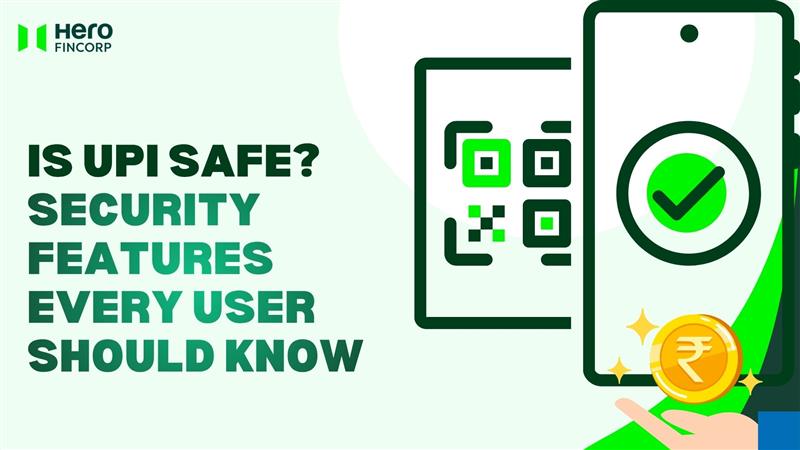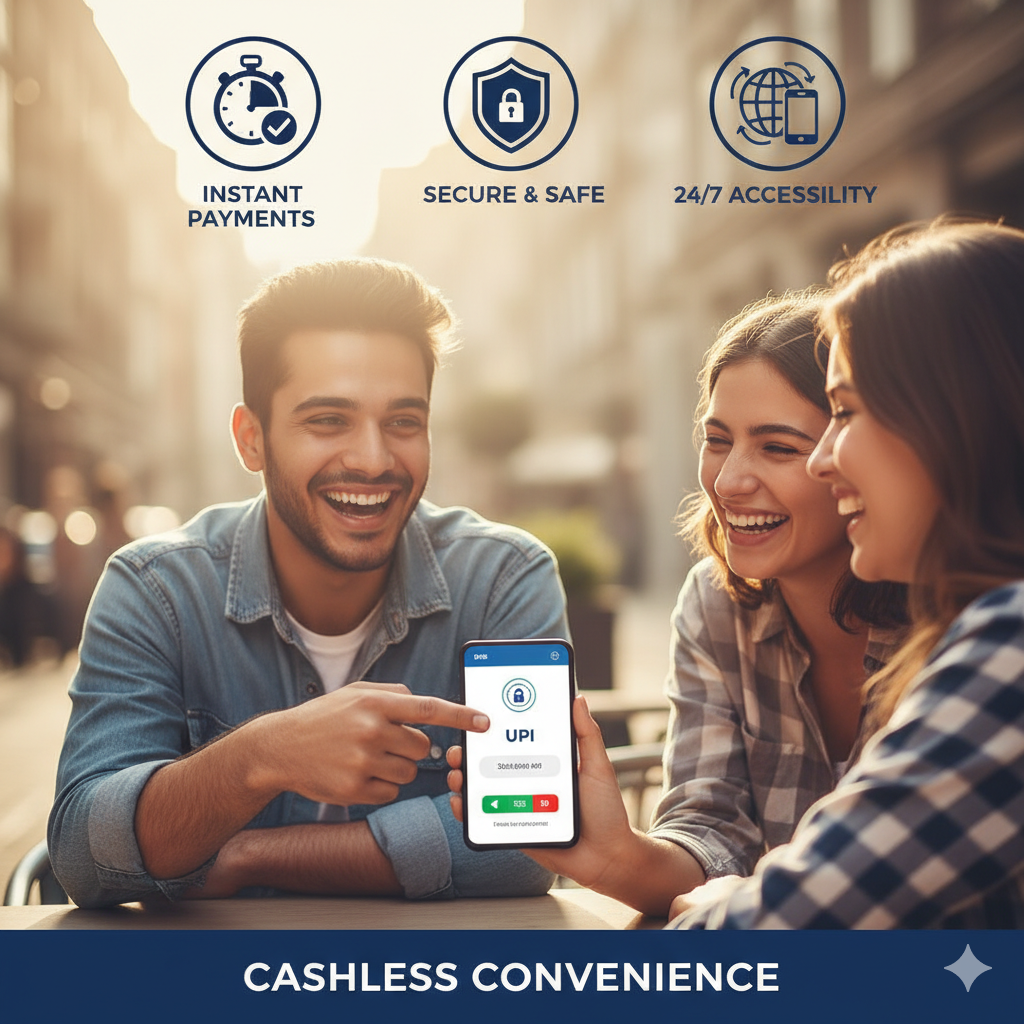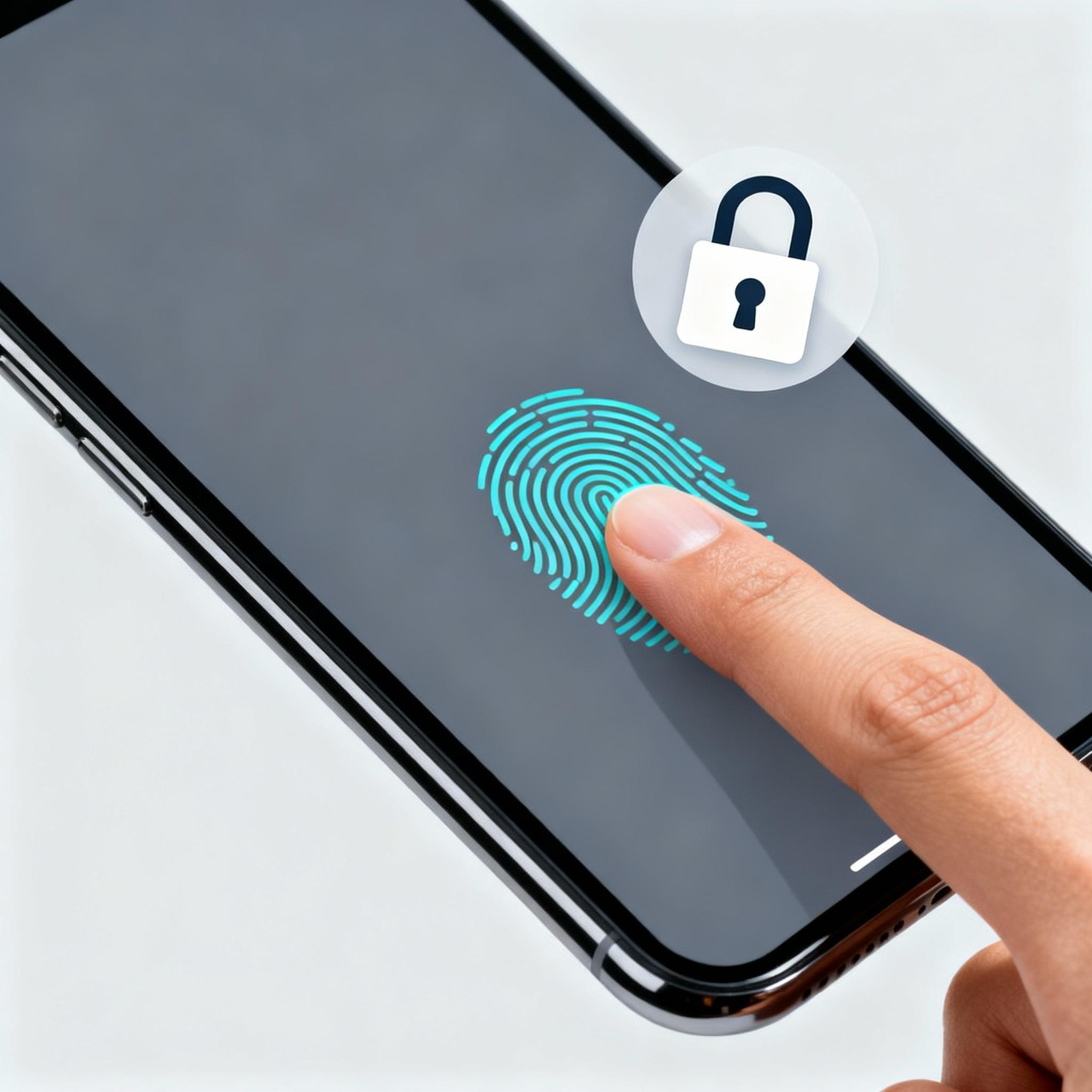Is UPI Safe? Security Features Every User Should Know

UPI has quickly risen to be the most popular mode of digital transaction in India recently, with a transaction volume of over 20 billion in August 2025 (NPCI).
However, with the rise in UPI usage, it is natural for people to wonder if these transactions are safe and if their data is secure.
In this blog, you will learn about the features that make UPI payments safe, any payment fraud that you may face, and how you can seamlessly enjoy UPI payments securely.
What Is UPI?

UPI (Unified Payments Interface) is a real-time digital payments system that is built on the IMPS (Immediate Payment Service) framework.
The National Payments Corporation of India manages it. It allows you to transfer money between two banks/bank accounts immediately using two key pieces of information: the Virtual Payment Address (VPA) and a UPI PIN (for transaction approval).
When it comes to instant loan repayments, UPI stands out for its speed, convenience, and reliability. Without using cash or checks, borrowers can instantly repay loans or make EMI payments directly from their bank accounts.
Core Security Features of the UPI System
UPI platforms integrate several tough layers of security that make these transactions extremely safe and reliable:
- 2FA: The two-factor authentication method adds an extra layer of security by requiring two actions - setting up a unique UPI PIN and verifying the device.
- End-to-End Encryption: Strong encryption secures confidential information throughout the entire process of transmission.
- Tokenisation: Each transaction applies a different code, thus your card or account information is not as exposed.
- Regulatory Oversight: RBI and NPCI strictly supervise UPI, thereby ensuring the ecosystem's security through the application of fresh regulations.
- App Store Vetting: The app stores conduct thorough inspections to verify that UPI apps are safe for use.
In need of quick funds? Explore our personal loan app and get instant approvals, flexible repayment options, and a hassle-free digital experience now!
UPI PIN: How Safe is a UPI Payment?
The UPI PIN is your first line of defence against transactional threats in UPI. Create a PIN that is complex yet easy to remember. This PIN is for your use only; never share it with anyone, not even "customer support". If you suspect a breach in your account, change the PIN immediately. Your UPI PIN essentially serves as a personal security key, protecting your funds and guaranteeing that each transaction is only approved by you. Additionally, UPI Lite enables small-value transactions without the need for constant UPI PIN entry, adding convenience while maintaining security for regular payments.
Also Read: Fake Loan Apps: What Are They and How to Identify Them?
Role of Biometrics and Device Security in UPI Transactions
Modern UPI apps come with biometric-enabled access controls (like your face or fingerprint recognition). This prevents strangers from accessing your UPI app and phone, keeping your bank account safe.

UPI-Related Scams and How to Avoid Them
UPI is a safe way to transact; however, fraudsters and cheats may get creative. Watch out for:
- Phishing Scams: These practices involve impersonations that seek money via SMS, emails, phone calls, etc., tricking you into revealing sensitive information like your credentials and security questions.
- Fake Codes: Hackers exploit QR codes to deceive users into passing off transactions and stealing money. They can even put counterfeit QR codes on top of the authentic ones.
- OTP and PIN Scams: Hackers might deceive you into letting out your OTP and PIN by pretending to be the authorities or a legitimate caller to access your account.
- "Request" Scams: Cheats use social media and marketplaces to "request" donations and steal money. Only practice donations with verified charities.
- Unofficial Apps: Some apps may steal your information or funds, so download only after proper vetting. Download only trusted UPI apps, such as Google Pay and Paytm.
Also Read: Scam-safe borrowing: a checklist to verify RBI-regulated lenders
Best Practices for UPI Transaction Security
UPI is already safe, but staying vigilant helps you prevent any potential threats:
- Never give out your passwords, PIN, or OTP to anybody. It helps prevent illegal financial transfers and maintain app access.
- Before starting the transaction, make sure all payment requests are correct. It helps ensure that payments are directed to legitimate accounts rather than fraudulent ones.
- Only download or update apps from trusted sources. Unverified apps may have poor security mechanisms that can leak your transaction data to hackers.
- Set daily transaction limits for added security. This prevents high-value transactions from happening without authorisation.
- Always monitor your transaction history to identify anomalies or suspicious activity.
What to Do If You Suspect Fraud?
Is UPI safe after a breach? Do the following:
- Change your UPI PIN immediately. It will prevent further unauthorised transactions.
- Contact your bank, NPCI, and cybercrime cell, and report the fraud. This helps you document the scam for loss recovery.
- Block your UPI through the app or by calling customer care. This prevents the fraudster from accessing your account altogether.
- Continue to monitor your account for unusual transactions to ensure they don't continue.
UPI Safety Compared to Other Digital Payments
With responsible usage, UPI is safer than most payment methods. Here's a quick look at why:
| Method | Authentication | Fraud reversal | Daily limits | App vetting |
|---|---|---|---|---|
| UPI | PIN/Biometric + device | Conditional | Yes | Strict |
| Cards | PIN, CVV, OTP | Conditional | Yes | Moderate |
| Wallets | App PIN | Limited | Sometimes | Moderate |
| Net banking | Password, OTP | Strong | Yes | Moderate |
Conclusion: Take Charge of Your Finances with Safe UPI Practices Today
Due to its ease of use, real-time transactions, and security, UPI is currently one of the most widely used payment mechanisms in India.
Keeping up with UPI changes and security advice can enhance the ease and safety of transactions for both novice and seasoned users. Visit our site to learn more about UPI and best practices.
Additionally, if you're looking for a loan, don't hesitate to check out our instant loan app, which provides flexible repayment plans, fast approvals, and a smooth online experience to satisfy your financial demands!
FAQs
1. Can someone steal money with my UPI ID?
No, because they also need your biometrics or PIN for the two-factor authentication process. They would require both.
2. How do I request a forgotten UPI PIN?
Use your registered mobile number and reset the PIN via OTP. You can do that in the settings of your UPI app.
3. Can I link multiple accounts on one UPI app?
Yes, as long as your credentials are protected, you can link as many accounts as you prefer on the same app.
4. Will banks reverse a fraudulent UPI transaction?
If you report it instantly, it may be possible because UPI is real-time. Your chances of reversal are greater if you act fast.
5. How often should I update my PIN?
You should update it every few months or after a suspected compromise. UPI apps prompt you automatically every 3 months to update your password.
6. What are the warning signs of a compromised account?
You will see unrecognised transactions, notifications, or changes in your account details.